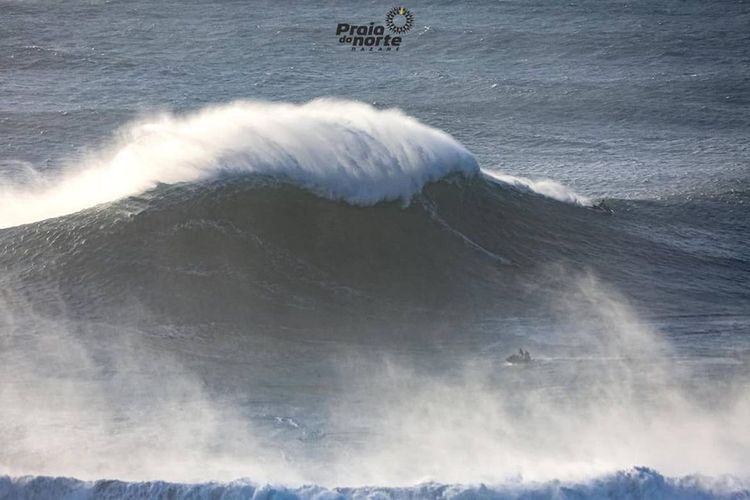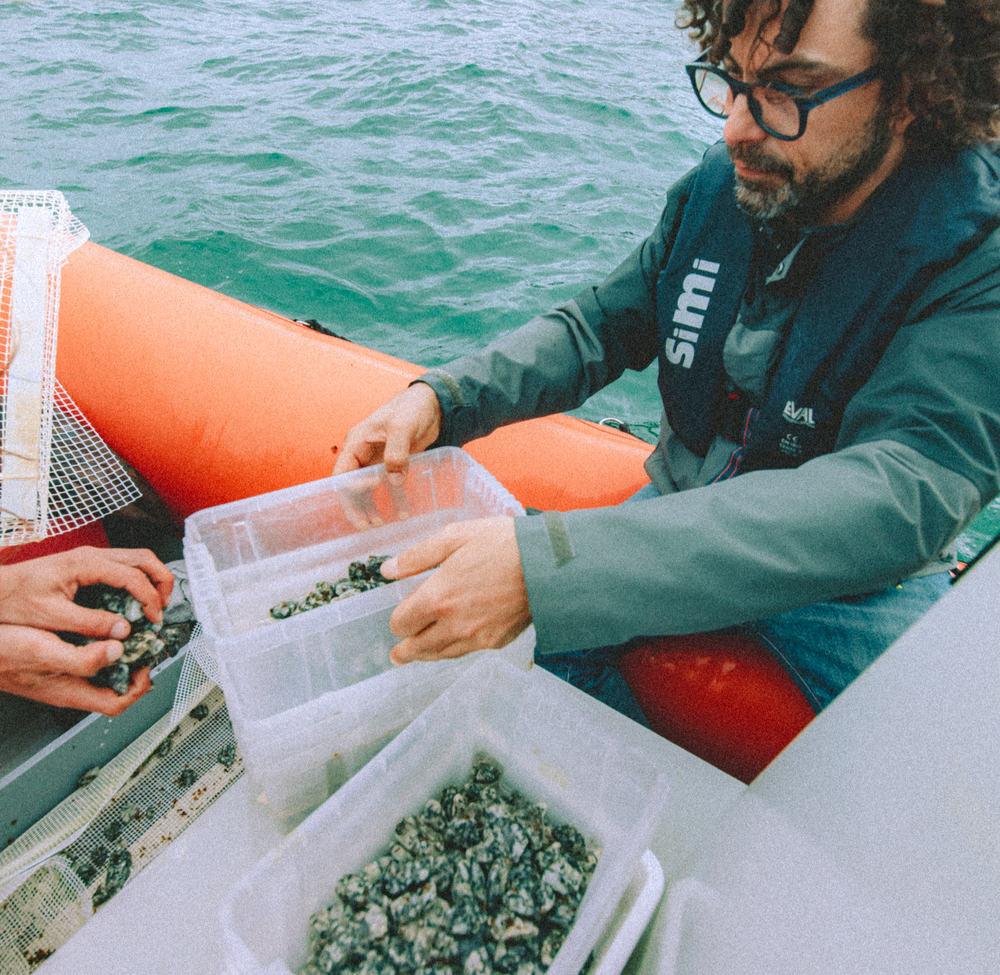Nazaré Regenerative Seaweed Farm
The Hope Zones Foundation is leading the creation of the Nazaré Regenerative Seaweed Farm (NRSF), located in the coastal waters of Nazaré, Portugal. Founded by former big-wave surfing champion João de Macedo, Hope Zones was born from his decision to start saving waves rather than just riding them.
This pilot project is designed to rebuild ecological integrity, restore habitat complexity, and explore the potential of kelp as both a climate and biodiversity solution.
Kelp forests are keystone ecosystems. They provide shelter and food for countless marine species, cycle nutrients, protect coastlines, and can capture and store carbon. By trialing regenerative kelp farming in Nazaré, this project aims to generate critical data and lay the groundwork for scaling restoration along exposed Atlantic coastlines.

Why Nazaré?
The Portuguese west coast has lost much of its natural kelp canopy due to warming seas and human impacts. The chosen pilot site inside the Aveiro–Nazaré Natura 2000 Special Area of Conservation shows limited kelp recruitment and low habitat complexity—making it an ideal degraded baseline for restoration trials.






